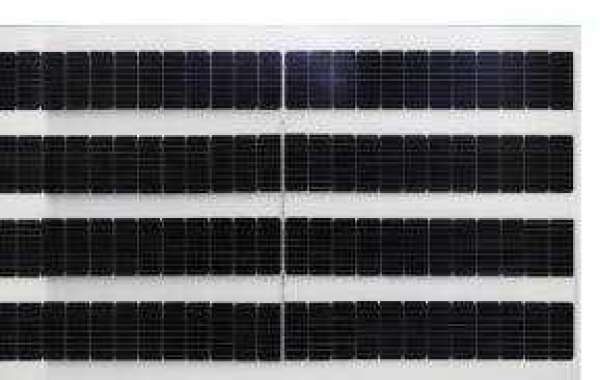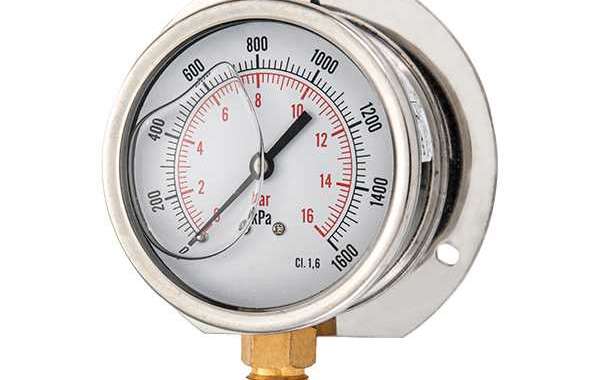Pv solar panels, which convert sunlight into electricity, have been around since the mid-1950s. In recent years, new products that combine solar cells with more traditional building materials such as solar tiles or solar awnings are called building-integrated photovoltaics. As new forms of BIPV enter the market generating buzz, it is important to understand the differences between thin-film technology, solar tiles, and polycrystalline and mono solar panels.
Thin-film solar technology has been around since the 1970s and has many practical applications. We've all used solar calculators, powered by a thin strip of amorphous silicon. Thin films also have a place in the BIPV space. Large flexible modules can be applied to complex buildings or structures that do not fit into rigid solar frames. The main disadvantage of thin-film photovoltaics is lower efficiency compared to high-quality monocrystalline modules. The lower efficiency makes the technology less suitable for residential roofs.
The oldest photovoltaic crystalline solar modules are also the most common type of solar module and for good reason. These panels produce the highest efficiency at the lowest price per watt. Polycrystalline photovoltaic cells are composed of multiple silicon crystals, while monocrystalline photovoltaic cells are composed of individual silicon crystals, forming so-called "premium" modules. High-quality modules can have efficiencies ranging from about 16% to over 21%, while polycrystalline modules are slightly less efficient. These rigid modules have become the industry standard due to easy installation, reduced costs, increased efficiency, and extended warranties.
The cost of a solar power system can vary widely based on a number of factors, including location, power usage, and the type of solar equipment installed. Since thin-film solar is less efficient than premium solar modules, solar tiles and other forms of BIPV require a larger area of the roof to be covered by photovoltaics.
Jiaxing Fuying Composite Materials Co., Ltd. is a mono solar panels manufacturer and supplier in China. The company owns the mono solar panel factory. It sells PV solar panels, double glass modules, other products, and PVB composite functional films all year round.







